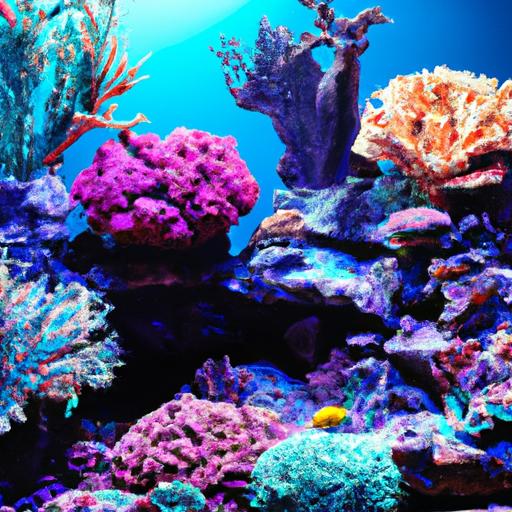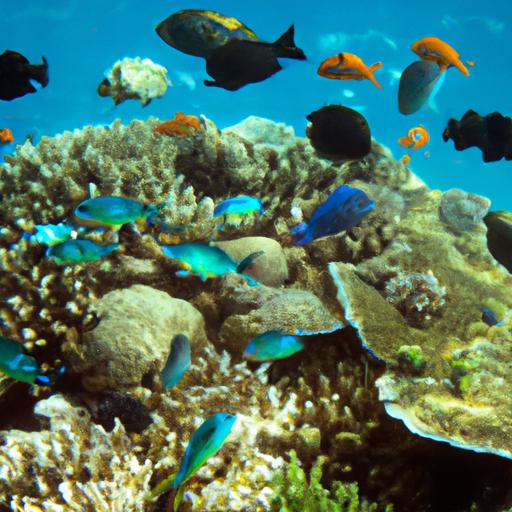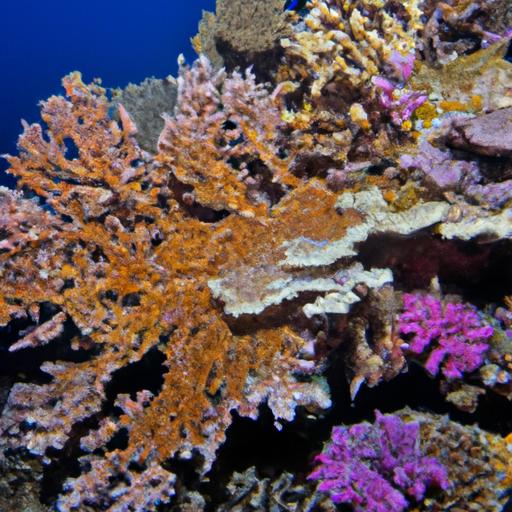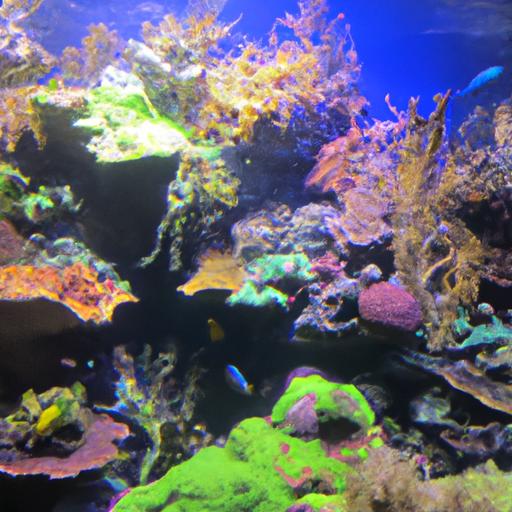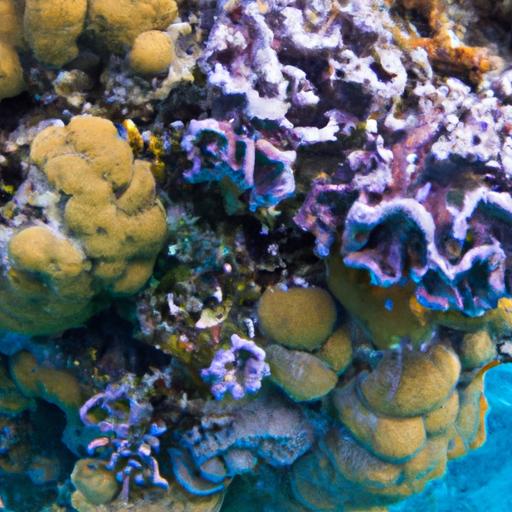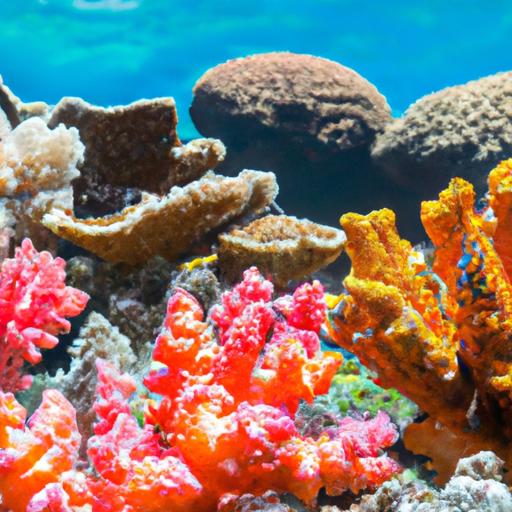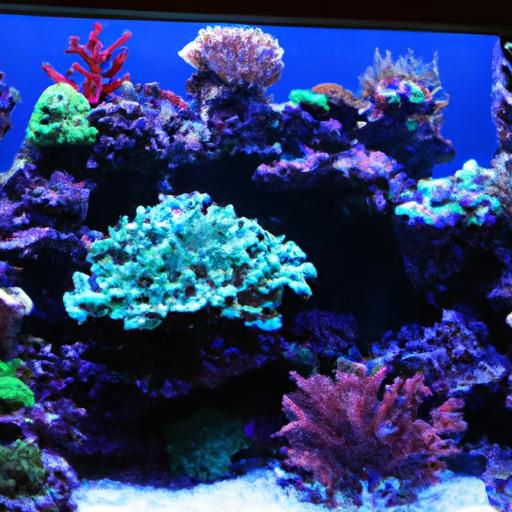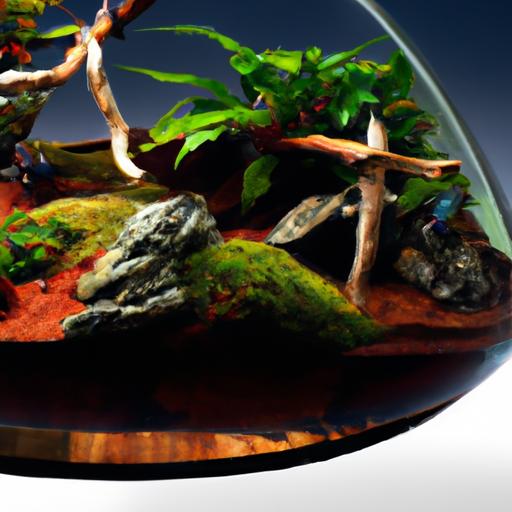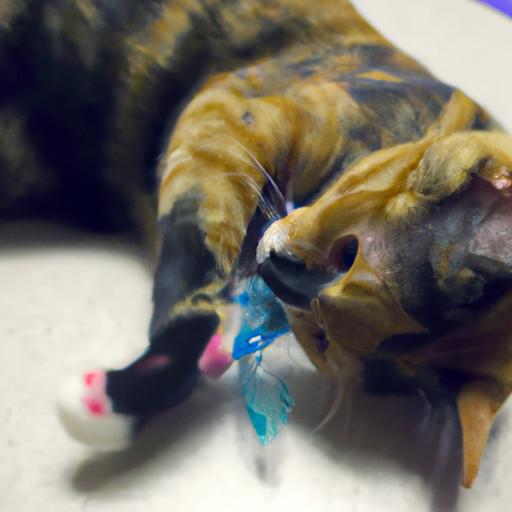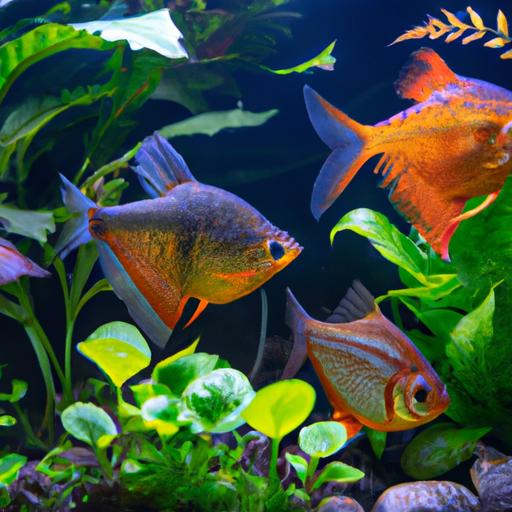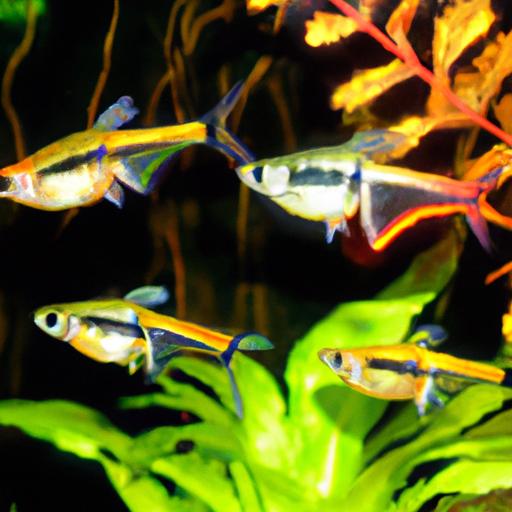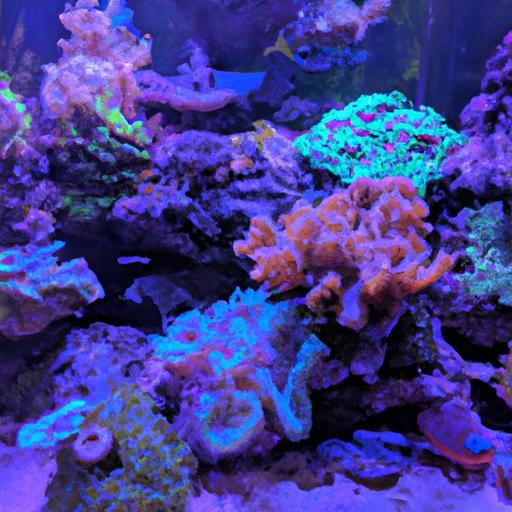
Guidelines for Introducing Coral Varieties to Your Tank
Discover essential guidelines for introducing coral varieties to your tank. Learn about research, preparation, acclimation, and maintenance. Dive in now!
Introduction
Are you ready to dive into the mesmerizing world of coral reefs? Adding coral varieties to your tank can bring vibrant colors, stunning shapes, and a sense of tranquility to your underwater haven. However, introducing corals requires careful planning and adherence to specific guidelines to ensure the health and success of your tank’s inhabitants. In this article, we will explore a comprehensive set of guidelines that will help you introduce coral varieties to your tank with confidence.
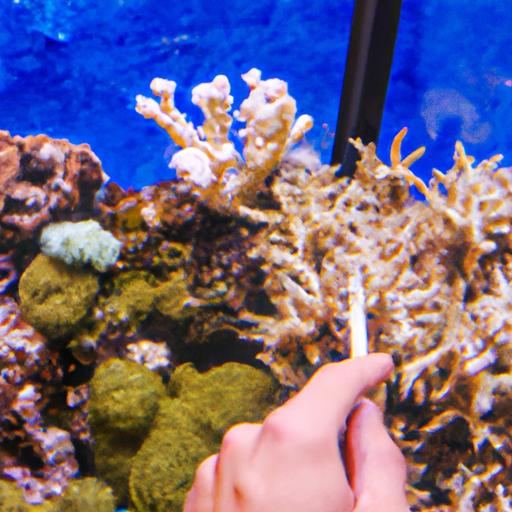
Guidelines for Introducing Coral Varieties to Your Tank
Researching and Selecting Suitable Coral Varieties
Before diving into the process of introducing corals to your tank, it’s crucial to conduct thorough research on the different coral varieties available. Each coral species has specific requirements in terms of lighting, water flow, and water parameters. By understanding the needs of different coral varieties, you can create an environment that mimics their natural habitat. This will ensure the optimal growth and well-being of the corals in your tank.
When selecting coral varieties, consider factors such as your tank’s size, available lighting options, and the compatibility of corals with other tank inhabitants. It’s advisable to start with hardy and beginner-friendly corals, such as zoanthids or mushroom corals, before progressing to more delicate and demanding varieties.
Preparing the Tank Environment for New Corals
Creating an ideal tank environment is crucial for the successful introduction of coral varieties. Start by ensuring that your tank’s water parameters, including temperature, salinity, pH levels, and nutrient levels, are within the appropriate range for the corals you intend to introduce. Regular water testing and maintenance are essential to maintain stable conditions.
Proper tank lighting is another critical aspect of coral care. Different coral varieties have specific lighting requirements, as they rely on symbiotic algae called zooxanthellae for energy through photosynthesis. Invest in high-quality lighting systems that provide the appropriate spectrum and intensity for the corals in your tank.
Furthermore, consider the water flow within your tank. Corals thrive in environments with moderate to strong water movement, as it helps to remove waste and deliver nutrients. Utilize powerheads or wave makers to ensure adequate circulation and prevent stagnant areas within the tank.
Proper Acclimation Process for New Corals
Once you have selected the coral varieties and prepared the tank environment, it’s crucial to acclimate the corals properly. Sudden changes in temperature, salinity, or light intensity can cause stress or even death to corals. Follow these steps for a successful acclimation process:
-
Drip Acclimation: Place the newly acquired coral, still in its packaging, into a bucket. Start a siphon from your tank into the bucket, allowing a slow drip of water to enter. This gradual introduction of tank water will help the coral adjust to the new environment.
-
Water Parameter Adjustment: During the acclimation process, monitor and adjust the water parameters in the bucket to match those of your tank. This step ensures a smooth transition and minimizes stress on the coral.
-
Time and Patience: The acclimation process can take anywhere from 30 minutes to a few hours, depending on the sensitivity of the coral. Be patient and allow the coral sufficient time to adjust before introducing it to the tank.
Monitoring and Maintaining Water Parameters
Proper monitoring and maintenance of water parameters are key to the long-term health and growth of your coral varieties. Regularly test your tank’s water parameters, including temperature, salinity, pH levels, and nutrient levels, using reliable testing kits. This will help you identify any deviations from the ideal range and allow you to take corrective measures promptly.
Maintaining stable water parameters is crucial, as fluctuations can cause stress and negatively impact the corals. Maintain consistent temperature and salinity levels, and ensure that your tank’s filtration system is functioning optimally. Regular water changes and the use of high-quality salt mixes will help replenish essential trace elements and maintain water quality.
FAQ (Frequently Asked Questions)
Can all coral varieties be introduced to any tank?
While many coral varieties can thrive in a well-maintained tank, it’s essential to consider the specific requirements of each coral species. Some corals have more demanding care needs, such as higher lighting requirements or specific water flow preferences. It’s important to research and select coral varieties that are compatible with your tank’s setup and the needs of your other tank inhabitants.
How long does it take for corals to acclimate to a new tank?
The acclimation process can vary depending on the sensitivity of the coral species and the specific conditions of your tank. Generally, it can take anywhere from a few days to a couple of weeks for corals to fully acclimate to their new environment. During this period, closely monitor the corals for any signs of stress or disease and make any necessary adjustments to maintain optimal conditions.
What are the signs of a successful coral introduction?
A successful coral introduction can be observed through various indicators. Healthy corals will display vibrant colors, open and fully extended polyps, and signs of active growth. Watching for these positive signs, along with regular monitoring of water parameters, will ensure that your corals are thriving in their new environment.
Are there any specific quarantine procedures for new corals?
Quarantining new corals before introducing them to your main tank is a good practice to prevent the spread of potential diseases or pests. Set up a separate quarantine tank with appropriate lighting and water conditions. Observe the corals for any signs of stress, disease, or unwanted hitchhikers. Quarantine periods typically range from a few weeks to a month, allowing you to closely monitor the corals before introducing them to your main tank.
Conclusion
Introducing coral varieties to your tank can be a rewarding journey, transforming your aquarium into a captivating underwater paradise. By following the guidelines outlined in this article, researching suitable coral varieties, preparing the tank environment, acclimating corals properly, and maintaining optimal water parameters, you can create an environment where your corals will flourish. Remember, patience, attention to detail, and regular monitoring are essential for the long-term success of your coral tank. Embrace the beauty and wonder of coral reefs as you embark on this exciting aquatic adventure.
